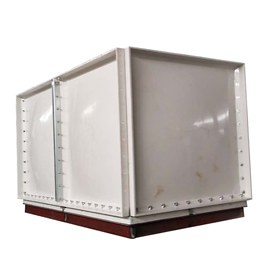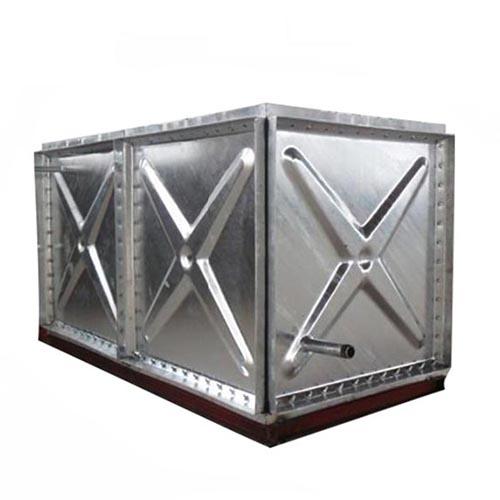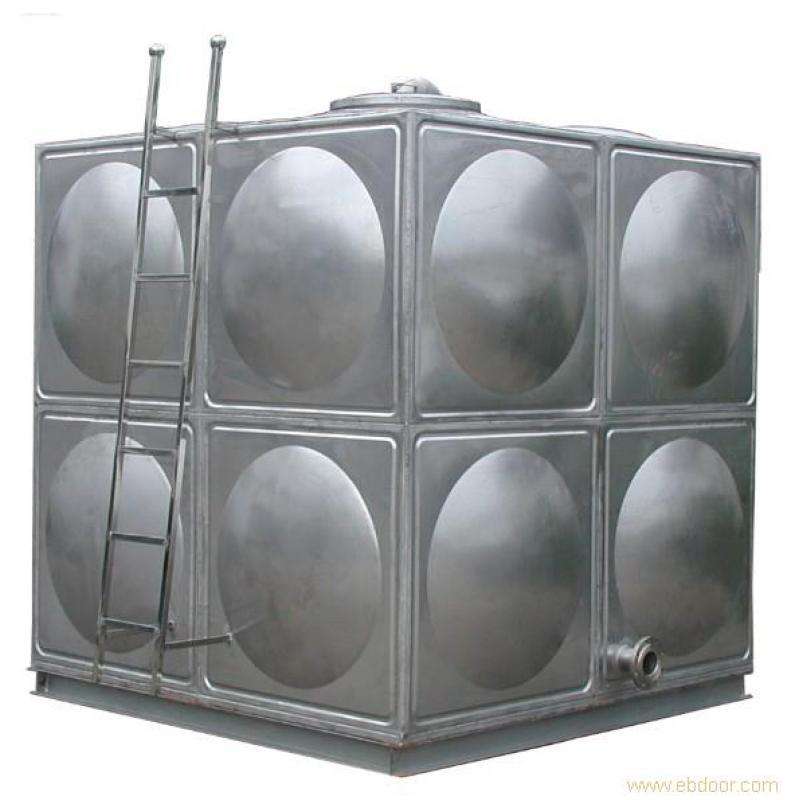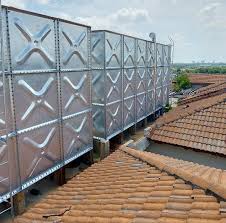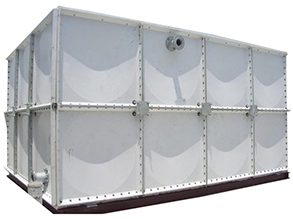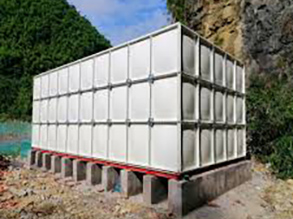Step one involves checking around through the system to see if there is any signs of the leakage. Check around to see if there is any tree that is growing around the system.
If you find that there are plants growing near the system, you can cut them down to prevent cracks. This cracks are caused by the roots of this plants.
Check the drainage pipes that flows out the liquid from the septic tank into the main field. Ensure that all this pipes are okay and the flow is smooth. Confirm that you don't have any leakage.
After going through external checkup, you can then dislodge the object in the pipe. This sounds tough. However, with a plumber's snake, it is in reality stress-free.
Run the snake down the drain to check for the blockage or clog in the drain pipe leading to the main system.
This will ensure that any blocking object that may have been flushed or washed down the system is completely removed to avoid blockage. Ensure that the pipe is cleared and cleaned.
When using a plumber's snake fails, one needs to access the septic tank itself. This is achieved by digging up the soil to access the lid. Open the lid and check the level of the liquid.
When the liquid level is below the inlet from the house, this undoubtedly indicate that the problem is in the septic pipe. A high pressure water jet is used to clear any debris in the pipe.
You can use a high pressure water jet in clearing this debris. This is down by flushing through water that flows with high pressure. The water is pumped by the pump to increase its pressure.
Carefully check the drain pipe to see if it has any blockage. The experts know how to check the pipe and find out if it has any blockage.
The drain may be blocked by many thing including debris and plants and tree roots. In such a case, a roto rooter is used to break the debris down so that they can easily flow with water.
The lid of the septic tank is made of concrete. Cracking is not impossible and does not in any way imply that the lid was made inexpertly. Weathering is a very common reason as to why the lid may crack among other reasons.
A screwdriver and a brush can be used to scrap the debris out. The baseline is ensuring that the lid is very clean and free of debris before repairing. This should be repaired immediately to avoid further damage which is actually very expensive.
After checking every place and you find that there are some cracks, you can then repair them by ensuring that they are completely closed to avoid leakage.
This is done using an epoxy crack filler kit, an exceptional kit that is designed for this purpose. The kit provides instructions as to how the ingredients are supposed to be mixed.
After mixing the ingredients, they should be applied skillfully and with pressure on the crack. This will ensure that the crack is well and permanently sealed.
Note: wait until the lid is dry before covering it once again. To avoid repeating the process, a professional technician should assess for any other problem so that they are all repaired at the same time.
A damaged septic tank is not a mark of its quality. It is attributed but not limited to failure of maintenance as many more geographical factors like weathering and soil type cause damage as well.
● Avoid putting too much water to the system
● Never add materials other than the domestic wastewater
● Do not pour cooking oils or grease down the sink drain
● Avoid the use of garbage disposal to the system
● Install the watertight riser to access the septic tank easily
● The solids should be pumped out of the system periodically
● Have an adequate vegetative cover at your drain field
● The surface waters should be kept away from the septic tank and the drain field
● Keep all the heavy equipment such as automobiles off the system
While most systems and appliances in our homes can wait, septic tanks call for immediate professional action. This requires expertise to avoid recurrence or even more damage.
The best part of this is that it is pretty possible to repair as explained above. You will only follow the guidelines provided above and your septic tank system including fiberglass septic tank or plastic septic tank will be in a good condition.








